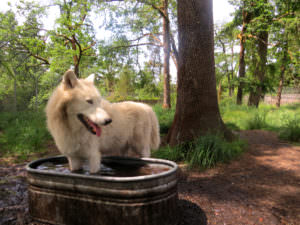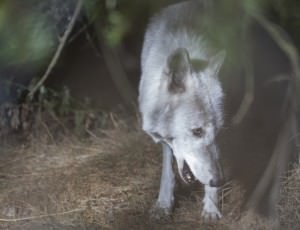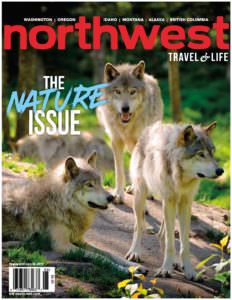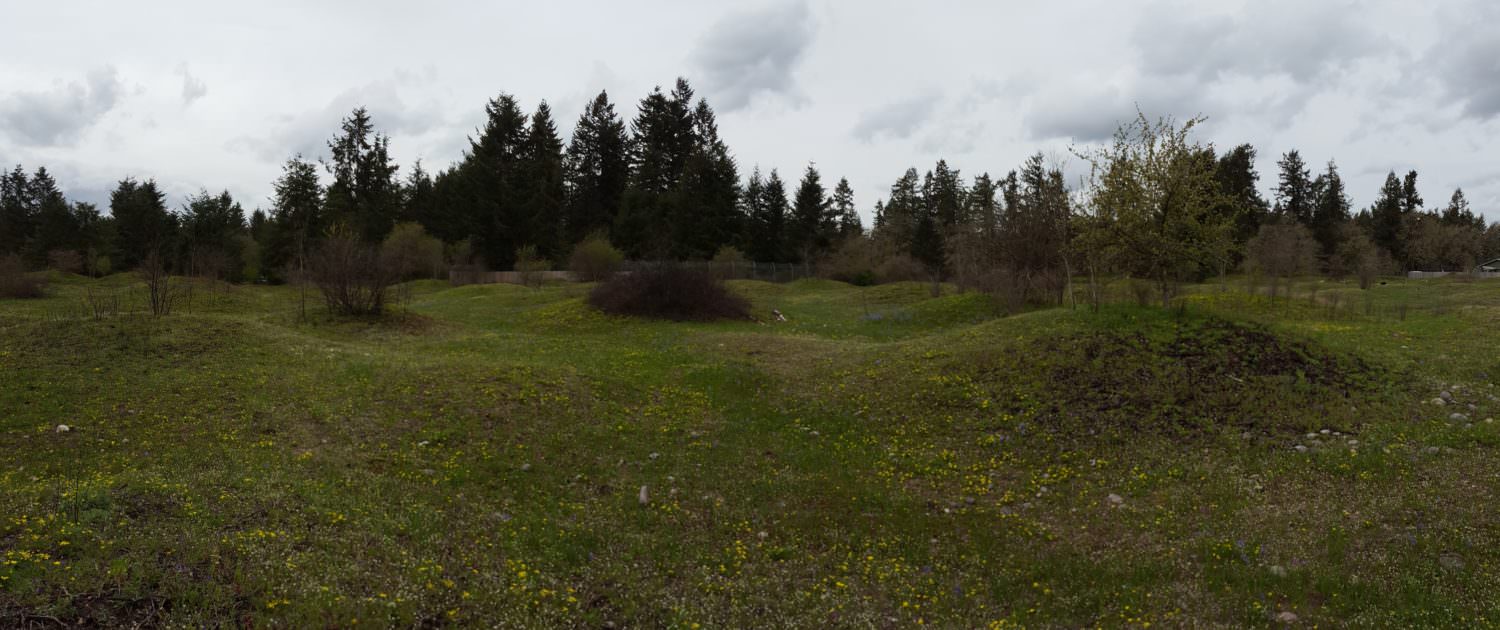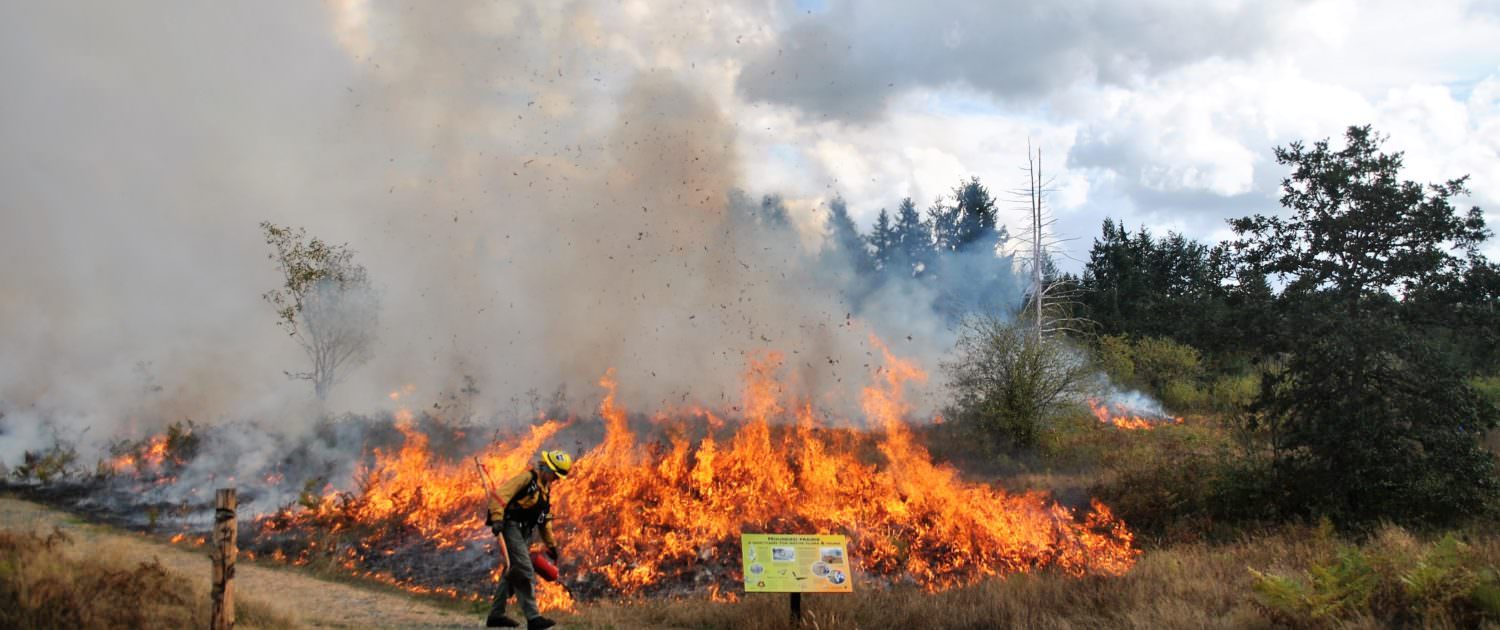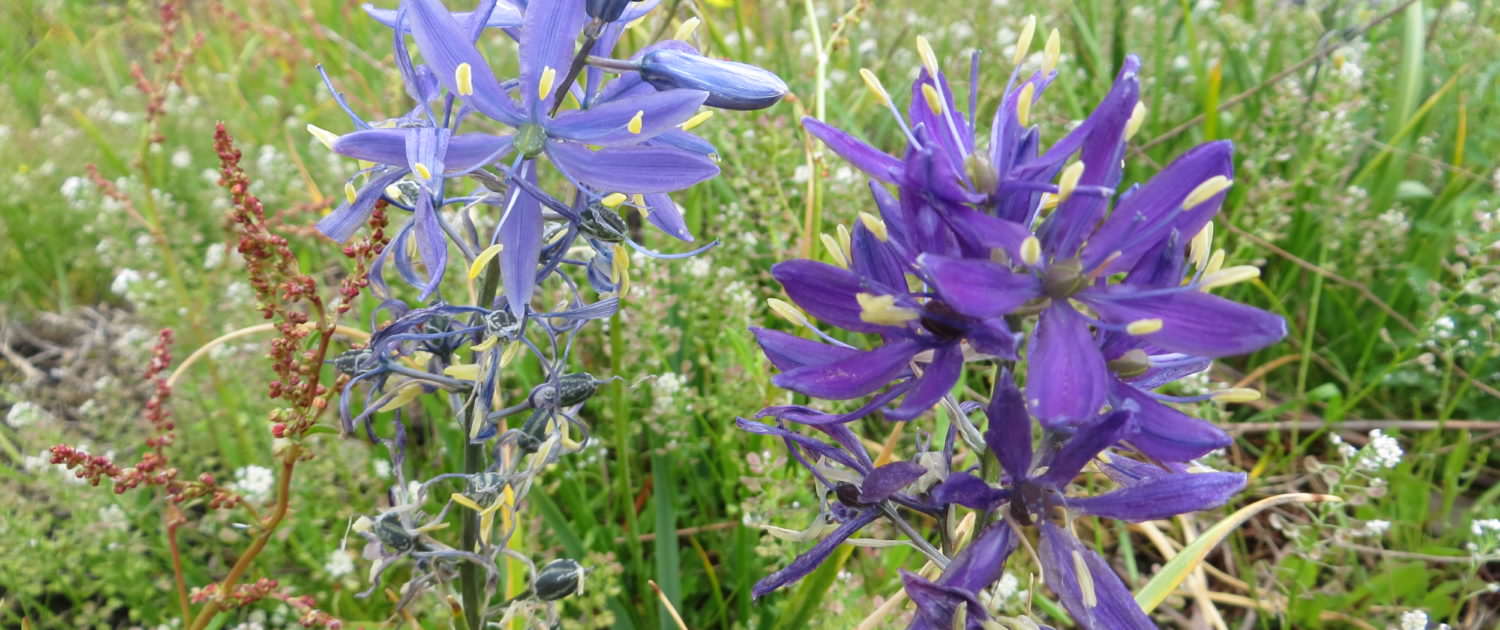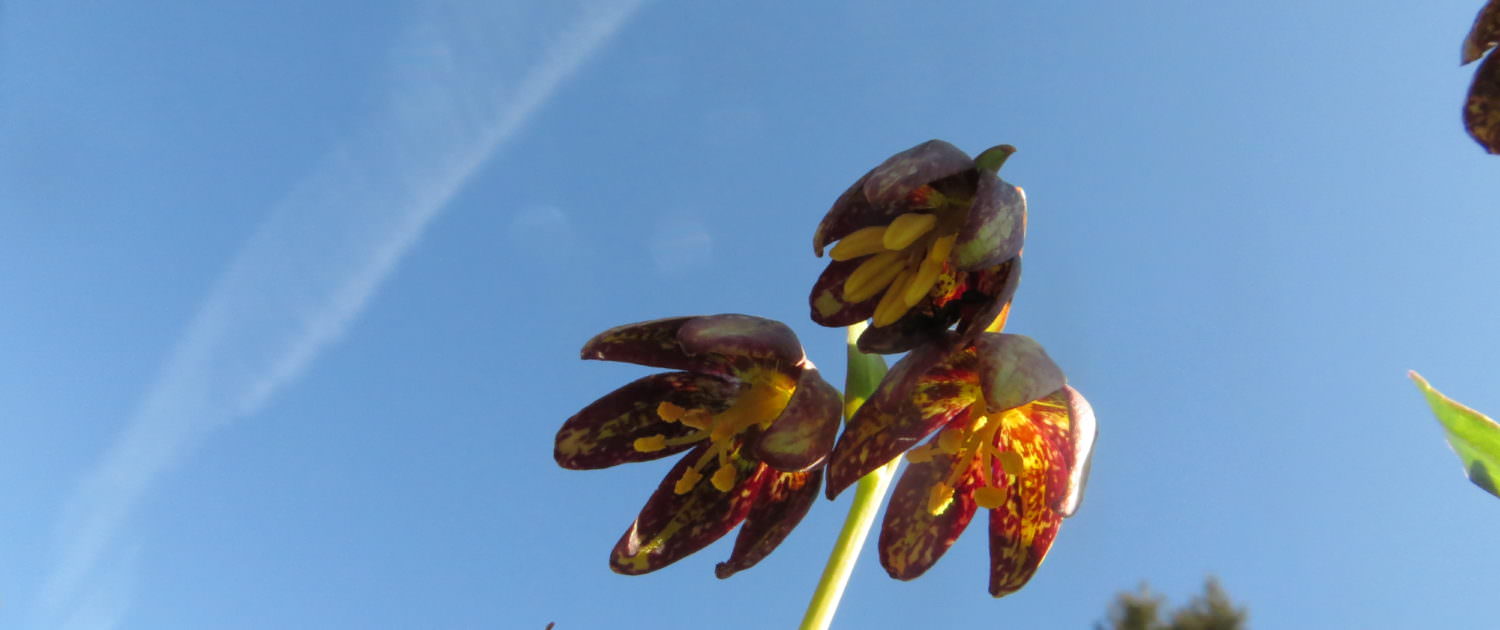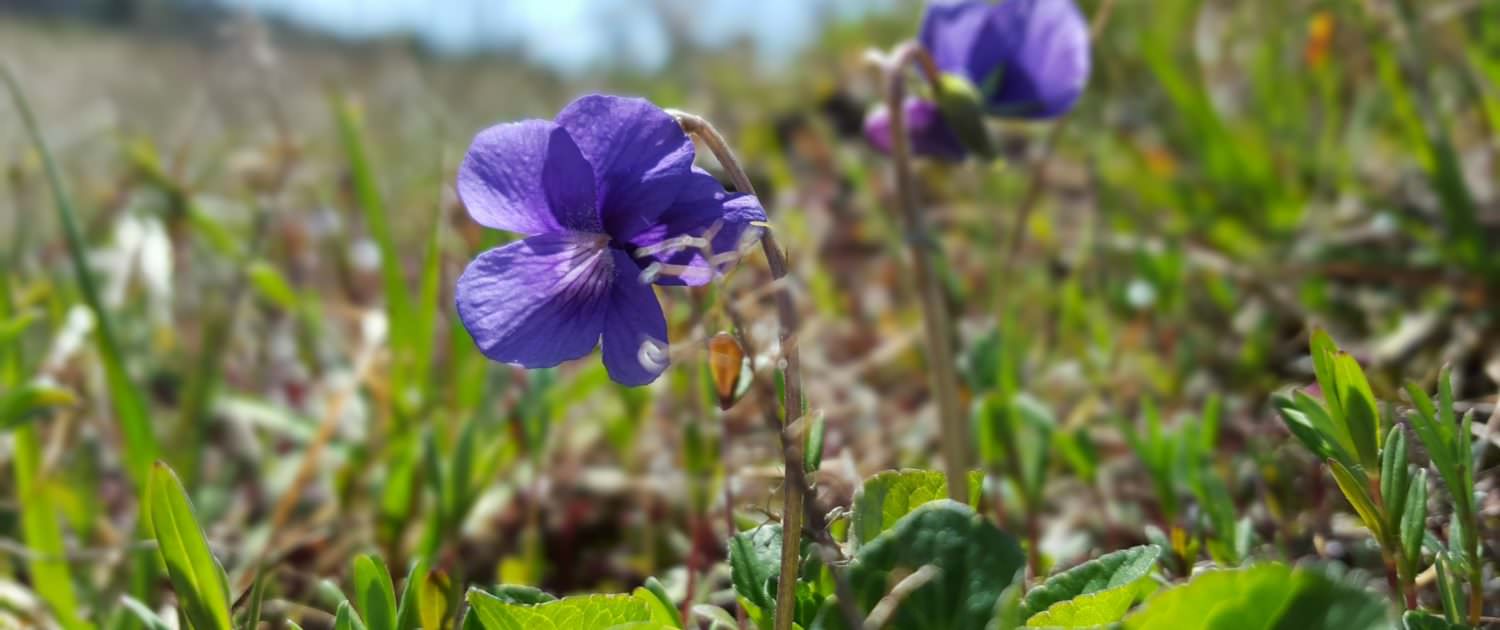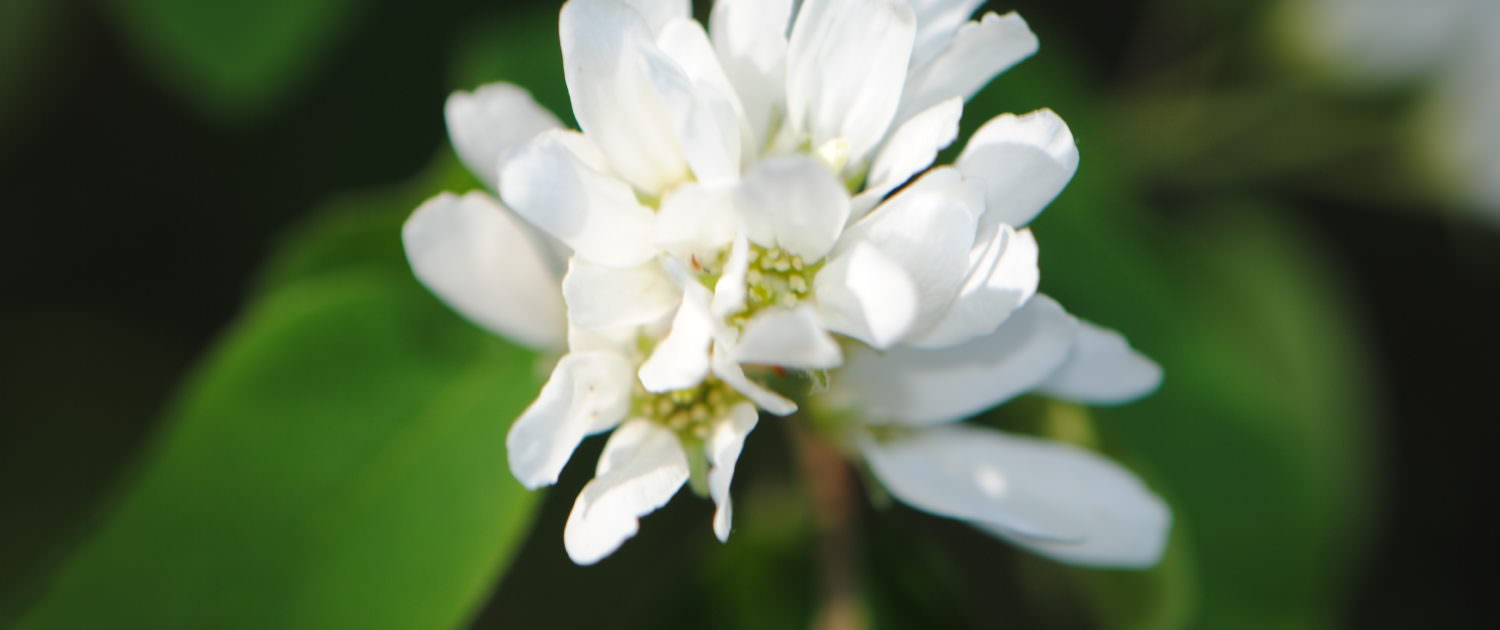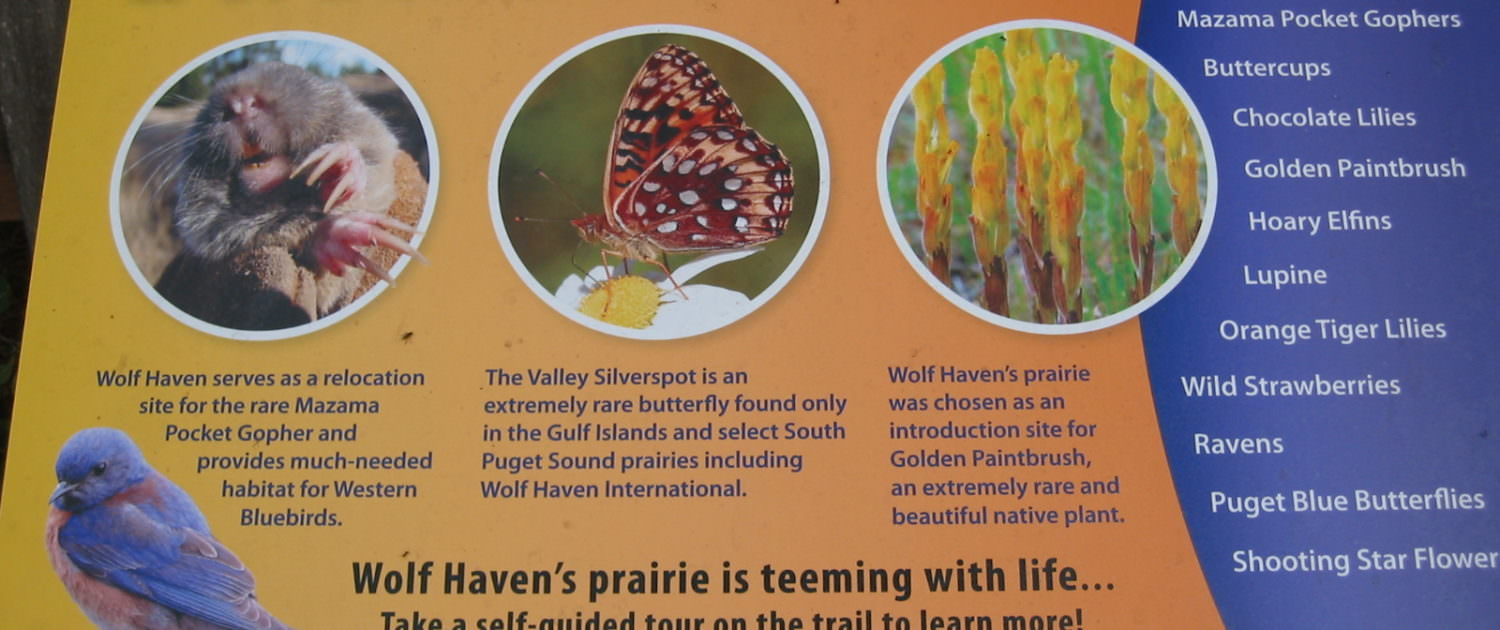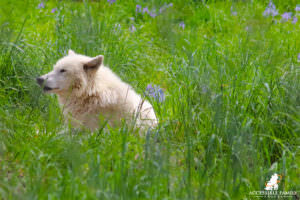
Breathtaking scenery/Photo credit: USFWS
by Christopher Montero, Outreach Coordinator, Wolf Haven International
“Do you think there are wolves in these mountains?” the young man asked, pointing to the snow-covered peaks around Lake Wenatchee. “Well…for sure about 30 or 40 miles South”, I answered.
“So, no wolves here?” he kept pressing.
I thought about it for a second, then I said: “I bet there are dispersing wolves moving up and down these mountains, seeking a partner or a new pack. Who knows? Maybe there is a curious wolf sniffing us from up there, at this very moment,” I pointed with my chin to the distance. “¡Qué chido!” (Cool!) he replied… and his eyes got wider.
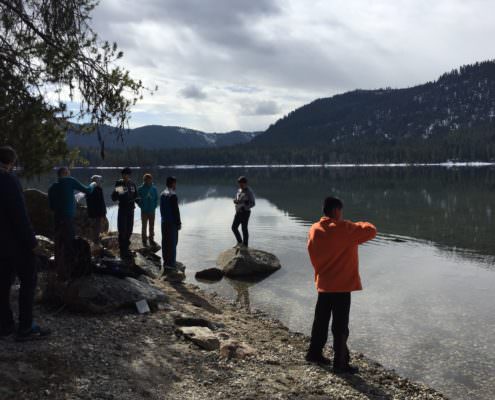
Spending time with nature/Photo credit: USFWS
Those are the moments I feel I have accomplished something good.
I had similar conversations with different audiences around the Snoqualmie National Forest. But what was especially significant about this interaction, was that it was entirely in Spanish. It happened early this April at an event called Camp Biota.
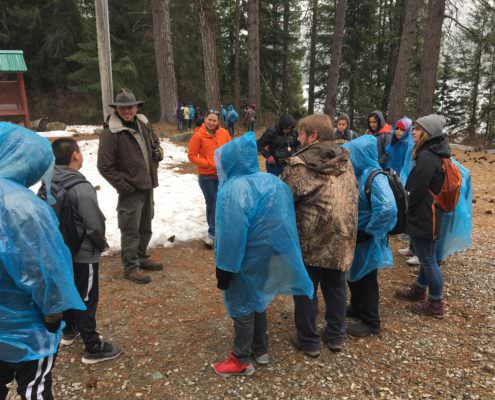
Chris talks to students outside/Photo credit: USFWS
Camp Biota is a science camp geared towards migrant middle-schoolers. What makes this experience even more special, is that these Latino teens were selected because of their low scores in math and science. The idea is to kindle their interest in natural sciences and inspire them to learn more. During a whole week, the students participated in hands-on experiences on field data-collection, talks, experiments and outdoor activities. Camp Biota is the result of a collaboration between the Leavenworth National Fish Hatchery and the North Central Educational Service District and it involves thirteen organizations, including Wolf Haven International.
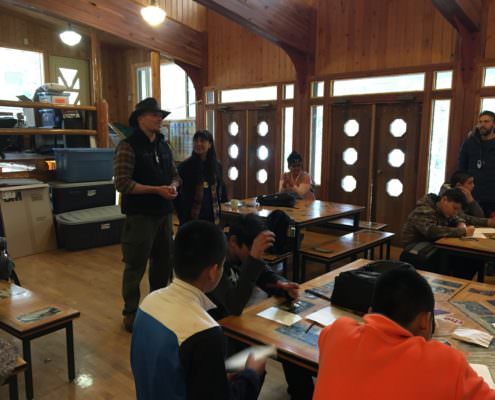
Chris and Pam in the classroom/Photo credit: USFWS
This was the second year I was invited to participate as an instructor at Camp Biota and this time we were excited to include Pamela Maciel, Wolf Haven’s Sanctuary Co-Manager and Mexican Wolf SSP Liaison. A significant portion of the students at Camp Biota were girls, so it was empowering to see and hear a role-model like Pam, a migrant Latina who has a solid background in sciences and biology.
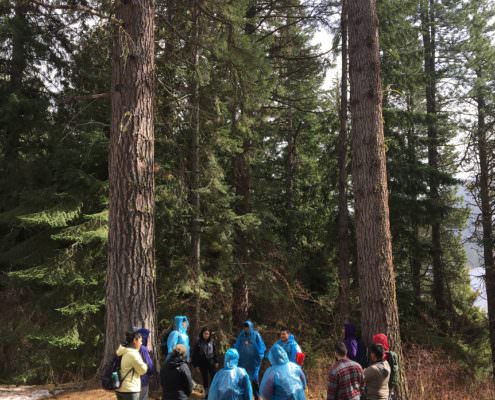
Ecology hike/Photo credit: USFWS
Being part of Camp Biota was immensely satisfying for Pam and me. We supported activities and nature hikes, facilitated field data collection, gave talks and even translated to Spanish in real-time. Most of students spoke and understood English with no problem, but connecting with these teens in our mother tongue went beyond sharing our passion for wolves, animals or conservation…it was about making a difference while honoring our unique cultural identities.
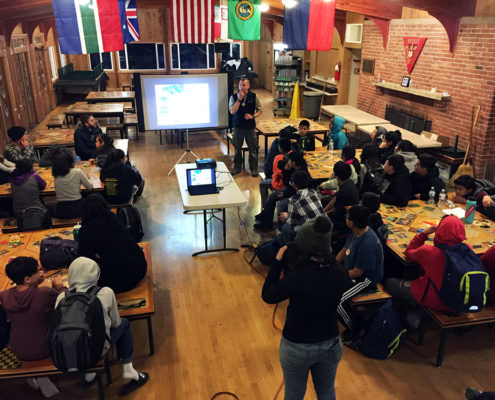
Chris & Pam with Biota students/Photo credit: USFWS
Teaching conservation in different countries have shown me that cultural diversity has a lot in common with biological diversity: both generate richer and more beautiful interactions and that’s the base for more resilient communities and systems.
That’s why Pam and I love to teach in Spanish.


